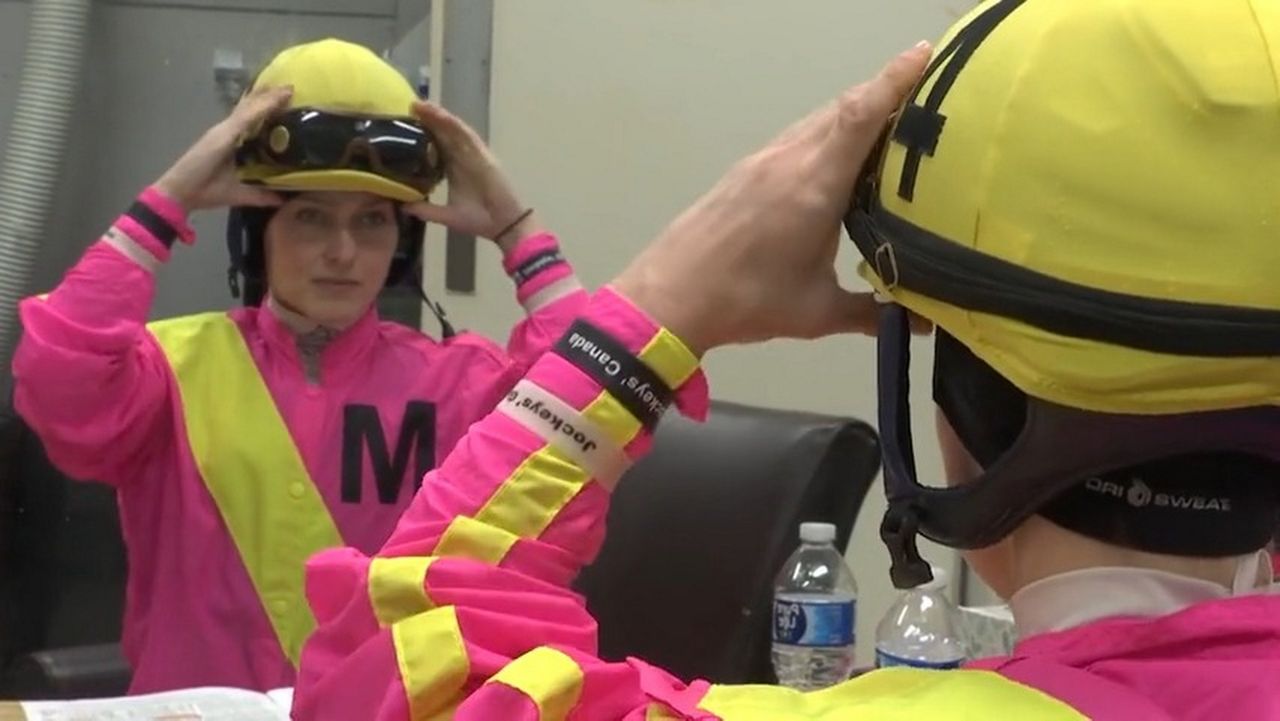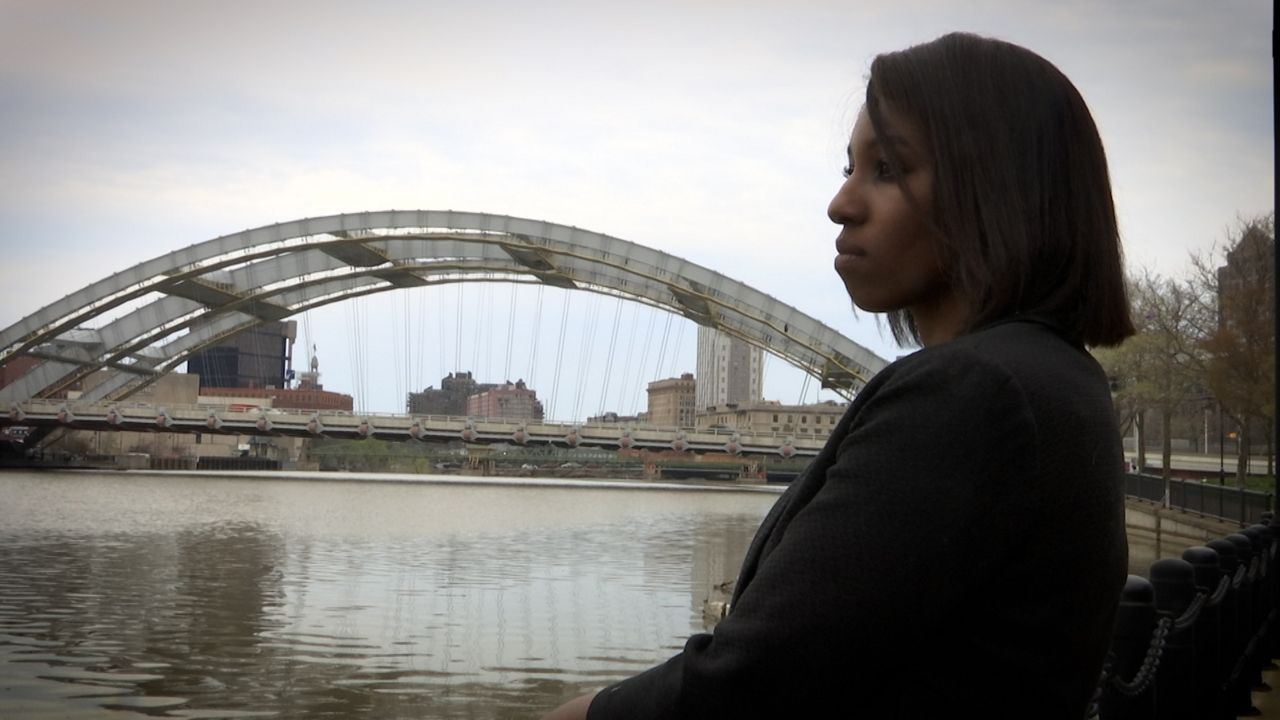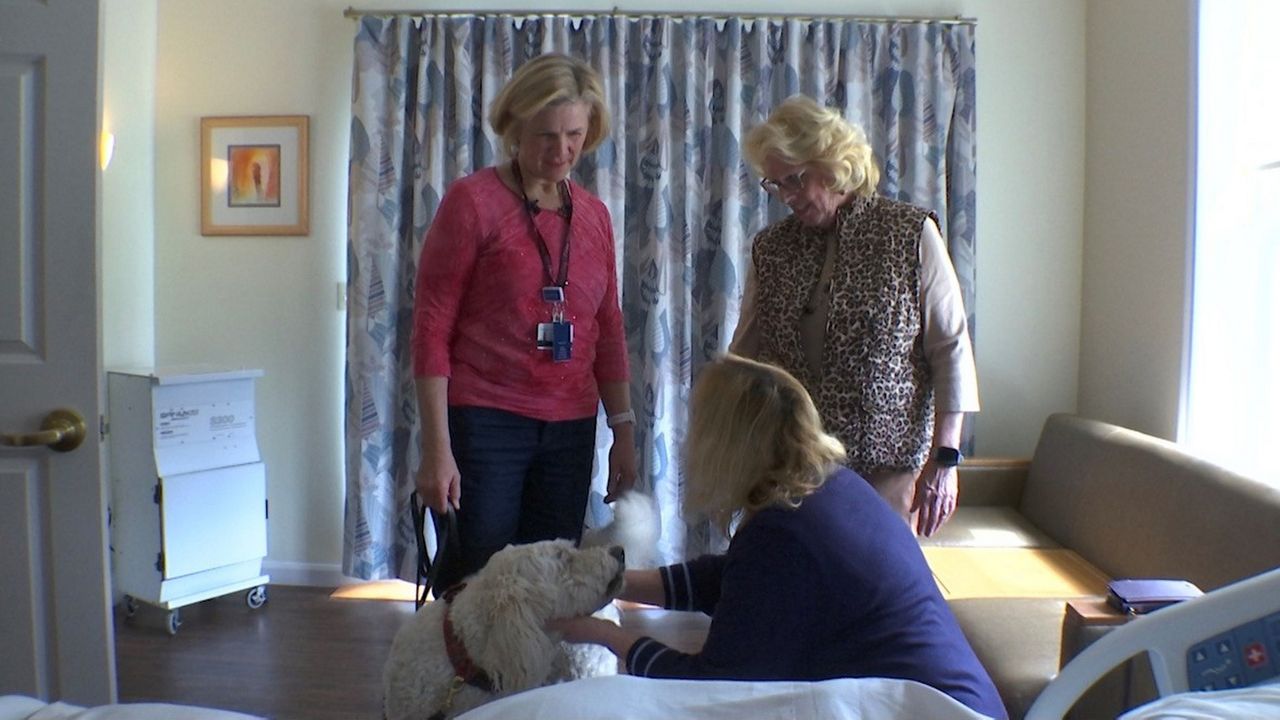PITTSFORD, N.Y. — A photographer’s exhibit is helping to tell the stories of hundreds of once-forgotten people who were patients at a former mental asylum in the Finger Lakes. A room full of old suitcases helped him make the connection.
Jon Crispin has something he wants to share. A project with roots in his own curiosity.
"I'm one of those people who grew up as a kid, always trying to get into places that maybe I shouldn't have gotten into," said Crispin, a photographer who lives in Massachusetts.
Crispin’s work is sometimes drawn to places like the old Willard Asylum in the Finger Lakes. An unexpected discovery made by a worker after the state closed the place in the mid-1990s prompted one prominent photo exhibit.
"I think to me, it's the whole collection," he said. "The fact that it even exists, it's miraculous."
Locked in an attic at Willard were more than 400 suitcases. A former employee found them when the Willard Psychiatric Center was closed by New York state in 1995. Crispin was eventually given access to photograph the contents of the suitcases, which belonged to Willard patients.
"This vast collection of the lives of these patients is preserved," he said. "It’s amazing."
Originally photographed about a decade ago, Crispin’s Willard Asylum Suitcases exhibit is on display at St. John Fisher College through April 15. He says he didn’t go into the project with any particular agenda, but he wanted to showcase the lives represented by the contents held within the suitcases, items that gave Crispin a window into who some of the asylum patients once were.
"I didn't ever want to do anything that disrespected the legacy of these people," said Crispin. "And so I tried to always keep that in mind."
The exhibit also helps tell the stories of people that are not easily told. The records of many former asylum residents remain unavailable to the public. Crispin was not allowed to include any personal information about the people whose belongings he photographed.
"I have first names, but only the first initial of the surname," he said. "The state had told me early on that I was not allowed to reveal any personal information about these folks, which is something that is upsetting to me. I think it dehumanizes these folks even more."
Many of the items featured in Crispin’s exhibit belonged to people who spent decades at Willard living with the isolation of mental illness.
"I started this project without really thinking much about the impact on the mental health community," he said. "And I have come to learn that these images represent something very important to people who work in mental health because, in a way, it's showing these people as human beings."
Bringing their lives to light through spectacular photographs.
"I would like people to see this and react in an emotional way," said Crispin. "As an artist, that's all I really want."










